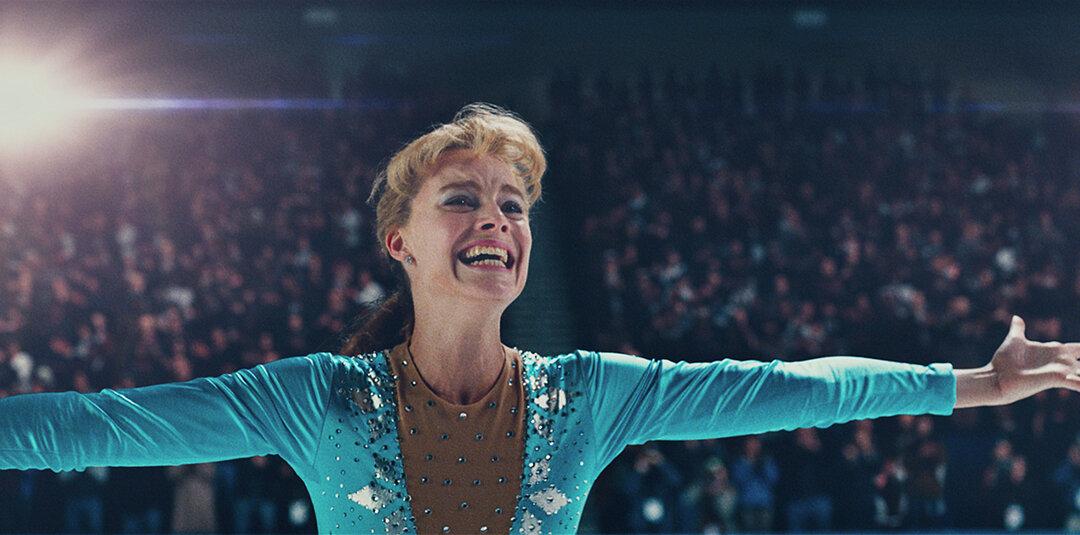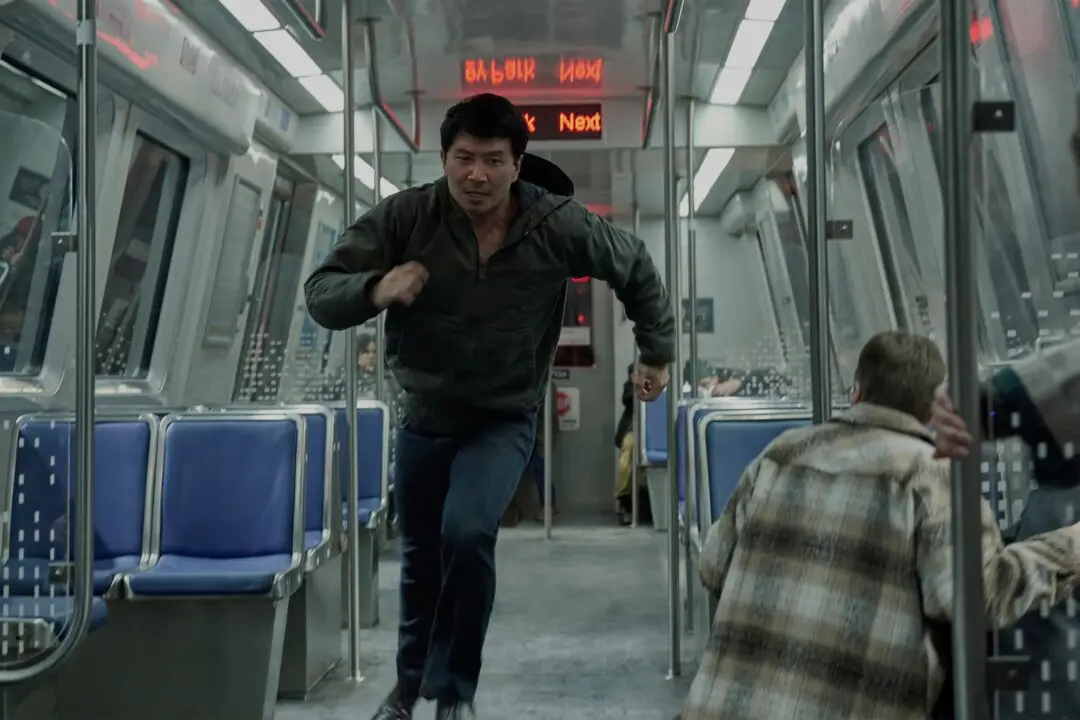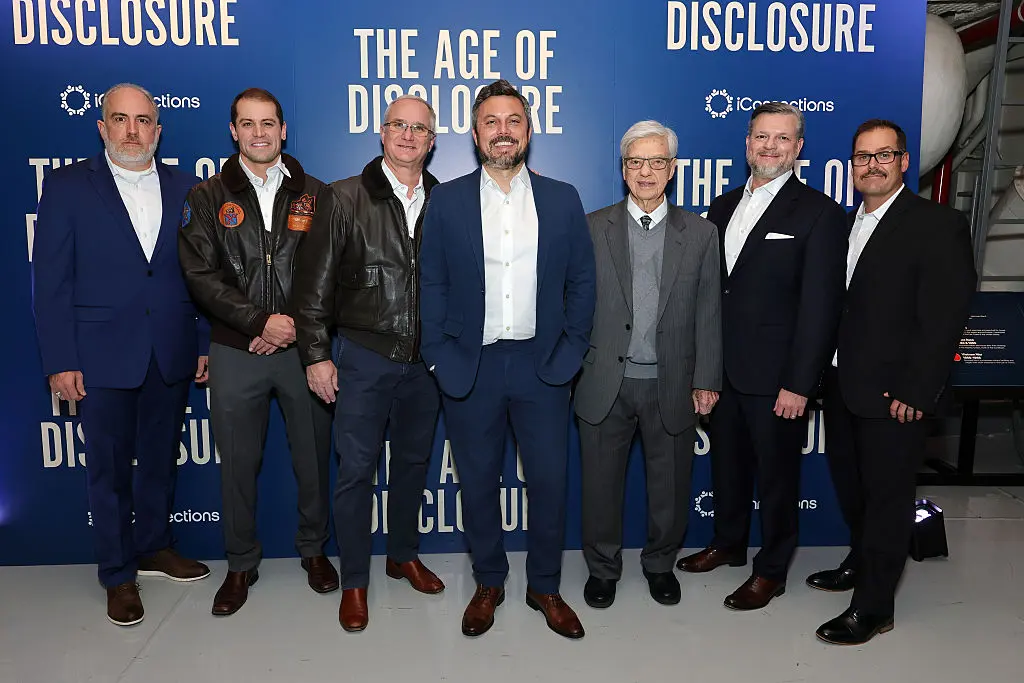Is it even possible that the major networks and newspapers reporting on a national news story could be considered superficial, and Heaven forbid, perhaps a tad biased? Take for instance the case of the world’s most notorious figure skater. Tonya Harding had the misfortune of living through a scandal that broke just as the TV media converted to a 24-hour news cycle, but before the rise of alternate internet outlets gave controversial figures a means of by-passing media gatekeepers. The media decided we were going to hate her, so we did. At least, that is how Harding sees it and it is hard to argue with her after watching Craig Gillespie’s gutsy mock-doc-bio-pic, “I, Tonya,” which opens Dec. 8 in New York.
Nancy Kerrigan got whacked on the knee. That much is definitely true. She was the victim and she deserved the outpouring of sympathy she received, but Gillespie does not have much time for her. Harding is the one who interests him. We should probably hold off on the canonization of Harding, but it is impossible not to sympathize with her after listening to her mean-as-a-snake mother LaVona Golden spout bile for five seconds.





